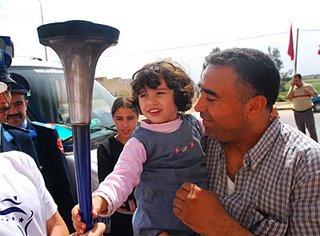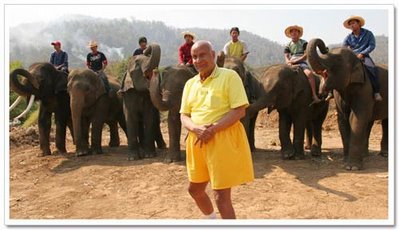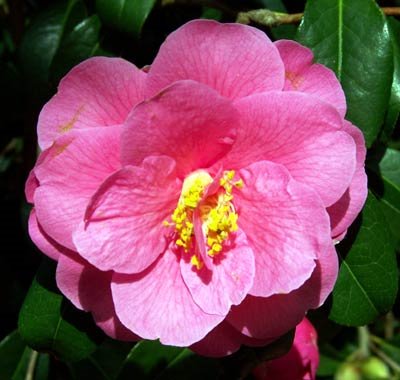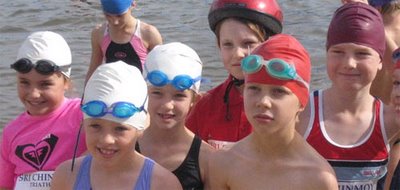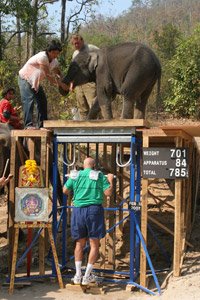Sri Chinmoy says of death:
“What is death? Death is the immortal pilgrim’s short rest along the road of Eternity. Death is a necessary experience for human beings at the present state of their evolving consciousness.”
Excerpt from My Rose Petals, Part 3 by Sri Chinmoy.
Death is the journey into the unknown. Death means the end of our physical body; to some people this feels like the end of life. However, the Seer Poets have suggested that we are not the body but spirit. If we can have an identity with our inner self then we will lose our fear of death. Death becomes instead merely a process of transition from one stage of life to the next.
On the day I die, when I’m being
carried toward the grave, don’t weep.
Don’t say, “He’s gone! He’s gone!”
Death has nothing to do with going away.
The sun sets and the moon sets,
but they’re not gone. Death
is a coming together.
– Rumi (1)
To overcome a feeling of death we need to cultivate a sense of spiritual identity. If we live only in the mind and intellect we will always be sceptical about the spiritual life. The intellect has its purpose and benefits, but the mind also has its limitations. To discover our real self we need to transcend the mind and dive deep into our spiritual heart, where our soul abides. If we can learn to meditate and quieten the mind we will become aware of a powerful inner reality. This embodies a consciousness more illumining and real than our ordinary mental awareness. We may not be able to prove this to others; it is something we can only experience for ourselves. Through meditation if we can feel a real and abiding peace then we will feel the soul is a living reality and not a mental hallucination. The lofty inspirations of the Seer poets will resonate with our inner realisations.
“Death is but changing of our robes to wait
In wedding garments at the Eternal’s gate.
– Sri Aurobindo (2)
In the west the concept of reincarnation does not have widespread belief. However in Buddhist and Hindu traditions reincarnation is an integral part of their philosophy. The idea of reincarnation is that the human soul needs to experience many different experiences before it is able to achieve liberation from the cycle of birth and death. Reincarnation enables the human soul to gain experiences, through which it can make spiritual progress.
Nothing on earth is permanent. The only certainties in life are that all creatures must die and pass away. Death is as natural as birth; why should we fear that which is perfectly natural and inevitable? That which gives us life also takes away life. But here death only means the extinction of the body. The soul merely passes from one body to another. For the soul life is immortal, death has no meaning. This is the message of the Upanishads, as Sri Chinmoy says
“Before death, life is a seeker.
After death, the same life becomes a dreamer.
Before death, life struggles and strives for Perfection.
After death, the same life rests
and enjoys the divine Bliss with the soul.” (3)
References
(1) Rumi ode 911 translated by Coleman Barks
(2) Excerpt from: The Fear Of Life And Death by Sri Aurobindo
(3) Excerpt from The Upanishads: The Crown Of India’s Soul by Sri Chinmoy.
See articles on The Vedas and Upanishads
Article by: Tejvan Pettinger, Oxford, Sri Chinmoy Centre
